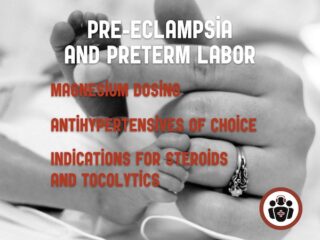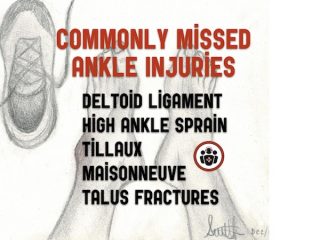EM Cases emergency medicine education podcast
WTBS 15 Planning to Fail: Why Warning Patients to Stay Away from the ED Will Never Work
It’s been another trying flu season in the northern hemisphere—for patients and for emergency department (ED) providers. EDs that are crowded at the best of times come close to a tipping point, waits to be seen and for beds climb, and hospitals struggle to handle the load, sometimes coping by putting patients in hallways or lounges. Even well-written surge plans fall apart in the face of staff illness or unit outbreaks. Too often when trying to help the system cope, a hospital, health region, or government puts out a call for the public to stay away from crowded EDs unless absolutely necessary—but are such warnings ethical or effective?










